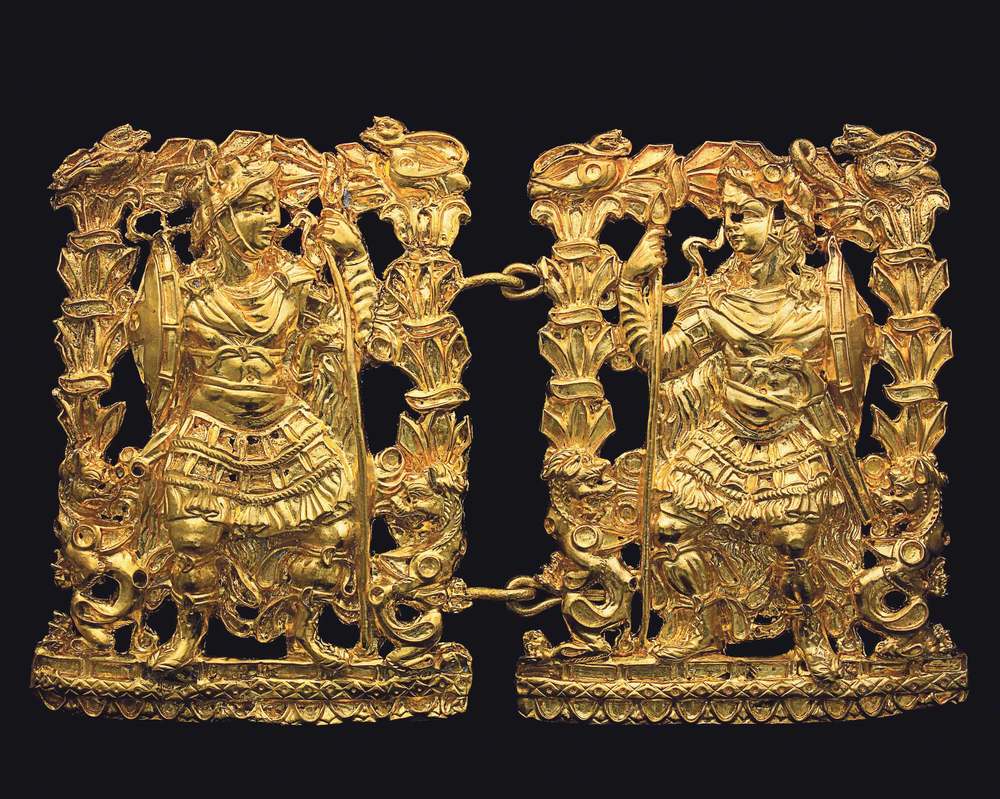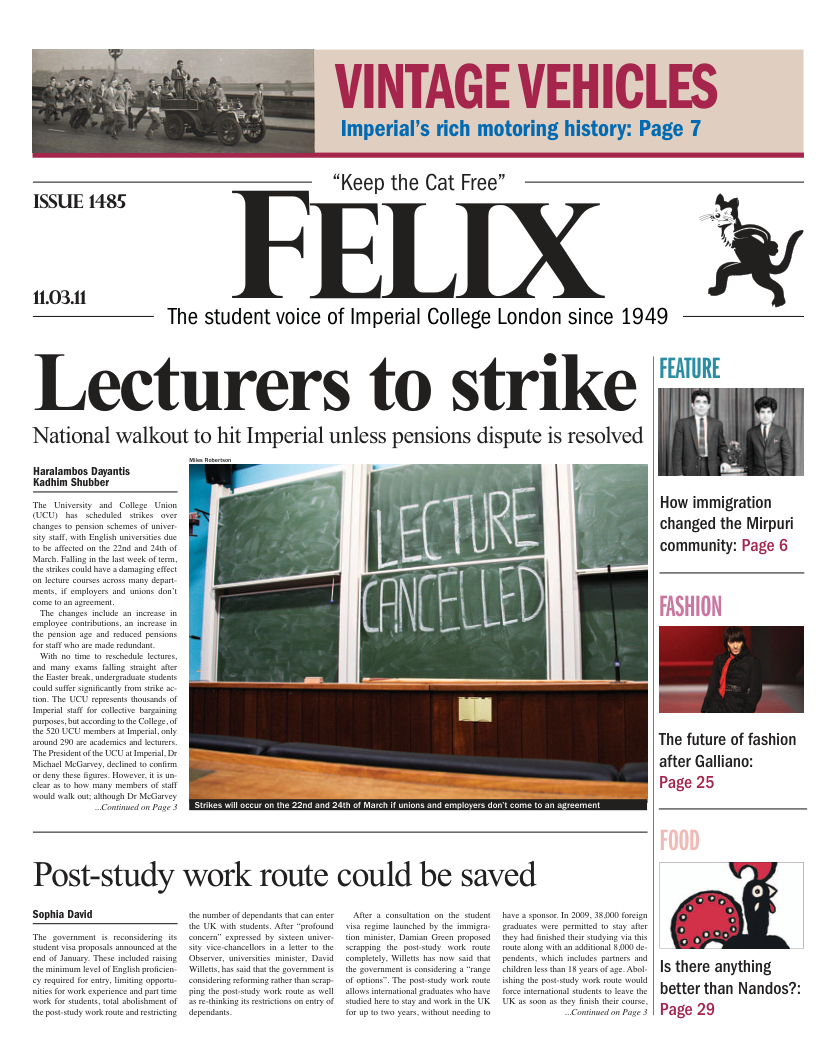Afghanistan’s magnificent heirlooms
This is the bling of three of Afghanistan’s ancient nomad rulers

Afghanistan. What images are conjured up in your mind? The sad reality is that, for many of us, 3000 years of history has been eclipsed by 30 years of chaos. Fortunately the aim of the British Museum’s exhibition Afghanistan: Crossroads of the Ancient World is to remind us of the country’s crucial historic role as a junction of the silk routes between Rome, India and China.
I was initially disappointed by the exhibition. On entering, I was met by an array of Greek and Roman style pots and statuettes which, while adequately making the point that there was extensive contact between the Greeks and Romans and this part of the ancient world, didn’t really bring it to life for me. There didn’t seem to be anything there unique to Afghanistan. The accompanying displays brought the history a little more into focus. Once part of the Persian Empire, it was conquered by Alexander the Great who, as always, took a local wife, and so Afghanistan found itself on the Eastern frontier of the vast Greek empire.
My impressions improved as I moved deeper inside as there are some really lovely pieces which epitomise this unique fusion of East and West – in particular a carving of the Greek goddess Aphrodite marked with a bindi, the traditional Hindu symbol of marriage, on her forehead, and a Roman glass enameled with a beautiful illustration of a Tiger. However, the third section is by far the most eye-catching. Gold abounds. This is the bling of three of Afghanistan’s ancient nomad rulers, which they chose to be buried in. It is laid out exactly as it was found when archaeologists first entered their tombs. The haul includes the ultimate nomadic accessory: a portable folding crown of pure gold and loads more stunning jewellery. Even the gold appliqué which would have spangled their robes is carefully laid out alongside drawings which reconstruct the day’s dress.
For me, the most interesting display came at the end of the exhibition and did not concern the ancient world at all. The stories of how Afghanistan’s treasures were safeguarded during the wars and turbulence that have wracked the country during the past 30 years – Soviet invasion, civil war and Taliban regime – are very moving. The Taliban famously blew up Afghanistan’s giant Bhuddas, a series of rock carvings up to 50m high, after condemning them as idols. In order to evade such wrath, curators and archeologists concealed film reels behind false walls, painted in watercolour over treasured oil paintings and stashed archaeological finds deep within bank safes.
The display features a set of beautiful ivory carvings featuring ornately decorated and sensuously posed women. They date from the 1st century AD and were stolen from the National Museum of Afghanistan during looting in the early 90s. They were recently identified and salvaged abroad and, thankfully, following this exhibition they will be returned, along with everything on display, to the National Museum in Kabul, the motto of which is, “A nation stays alive when its culture stays alive.”
The British Museum has clearly taken a great deal of care over this exhibition. The atmosphere is good, dominated by full-wall photographs of the Afghanistan landscape, and there are some very shiny computer reconstructions. However, I find the student price of £8 maybe too much for the relatively limited collection on show. It is, however, worth noting that there are 2-for-1 tickets for students Friday 17.30 – 19.30.
At the British Museum until 3rd July








